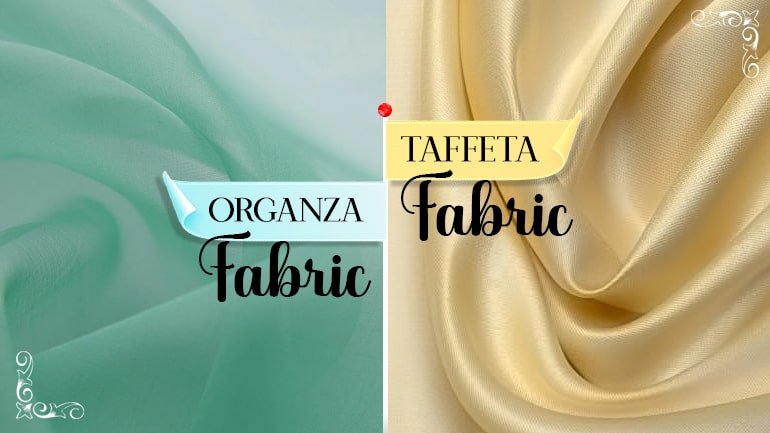Taffeta fabric, known for its luxurious sheen, crisp texture, and versatility, has been a fashion and home decor staple for centuries. Originating from the Persian word "tafta," which means "twisted woven," taffeta is traditionally made from silk fibers. However, modern versions are often blended with synthetic materials like polyester, resulting in a fabric that retains the aesthetic appeal of silk while being more affordable and easier to maintain. Despite its elegance, taffeta requires careful handling, particularly when it comes to drying.
Can You Dry Taffeta?
Yes, you can dry taffeta fabric; however, it's important to do so with caution. While taffeta can be dried, it is essential to avoid using high heat, as it can lead to shrinkage, loss of shape, or even scorching. Always opt for air drying to maintain the integrity of the fabric.
Here we will discuss the complete details of how you dry taffeta fabric.
How Do You Dry Taffeta Fabric?
Drying taffeta fabric demands a gentle touch to preserve its lustrous appearance and minimize the risk of damage. To dry taffeta, follow these steps:
1. Blot Excess Moisture
After washing, gently blot the fabric with a clean, absorbent towel to remove excess moisture. Avoid rubbing, as it can cause friction and potential damage to the delicate fibers.
2. Air Drying
Lay the taffeta garment or textile flat on a clean, dry towel or a breathable surface. Ensure that the fabric is not exposed to direct sunlight or heat sources, as this can lead to fading and distortion.
3. Room Temperature
Choose a well-ventilated room with a consistent temperature for air drying. Rapid changes in temperature and humidity can negatively affect taffeta's texture and appearance.
4. Patience is Key
Allow the taffeta fabric to air dry naturally. This process may take some time, but it ensures that the fabric retains its original structure and sheen.
5. Avoid Hanging
Avoid hanging taffeta garments or textiles to dry, as the weight of the water can cause the fabric to stretch and lose its shape.
How Do You Soften Taffeta Fabric?
Taffeta fabric can sometimes feel stiff, especially after washing. If you want to soften taffeta, consider using a fabric steamer. Gently pass the steamer over the fabric while keeping a safe distance to prevent direct contact. The steam will help relax the fibers and soften the fabric without causing any harm.
Is Taffeta Dry Clean Only?
Some taffeta fabrics come with dry clean-only labels, and some taffeta variations can be hand washed at home. It's crucial to read the care label on the item before proceeding. If hand washing is allowed, use a mild detergent and lukewarm water, and be extremely gentle during the washing and drying process.
How Do You Keep Taffeta from Wrinkling?
If you don’t know, how do you keep taffeta from wrinkling? It is simple to prevent taffeta from wrinkling, but you need to take some precautionary measures. When storing taffeta garments, use padded hangers to help them maintain their shape. Avoid overloading your closet to prevent unnecessary creasing. Additionally, store taffeta items in a cool, dry place to minimize the risk of wrinkling.
How Do You Get Wrinkles Out of Taffeta?
If your taffeta fabric develops wrinkles, you can address them with care. Gently steam the fabric using a handheld steamer or an iron on the lowest setting, keeping a cloth between the iron and the fabric to prevent direct contact. Alternatively, you can hang the wrinkled item in a bathroom while running a hot shower, allowing the steam to gradually release the wrinkles.
FAQs
Is taffeta the same as satin?
Taffeta and satin are distinct fabrics. While both have a glossy finish, taffeta is crisp and slightly stiff, while satin is smooth, soft, and often more delicate. Taffeta's unique texture and sheen set it apart from satin.
Does water stain taffeta?
Taffeta is prone to water stains, especially if water droplets remain on the fabric for an extended period. To prevent water stains, promptly blot any moisture and allow the fabric to air dry in a controlled environment.



